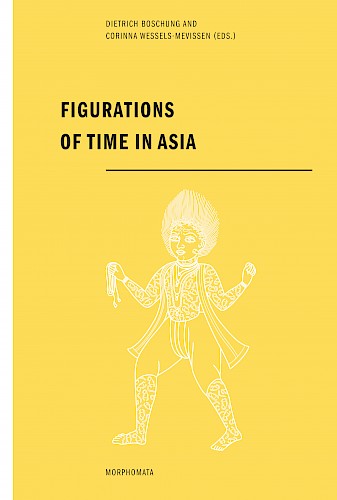
Dietrich Boschung, Corinna Wessels-Mevissen (Hrsg.)
Wilhelm Fink Verlag (Paderborn), 1. Aufl. 2012, 384 Seiten, 73 s/w & 32 farb. Abb., Franz. Broschur
The experience and the ensuing structuring of time forms a constitutive part of human cultures. There are many ways of coming to terms with time, calendars and historiographies being its most common cultural representations. The contributions to this volume deal with lesser known figurations that result directly from the various perceptions about time and phenomena related to time. Diachronous investigations in various parts of Asia (predominantly South Asia) reveal a broad spectrum of such visual and literary figurative manifestations.
While Hinduism recognizes a divine personification of time and allocates the ominous factor time in an ontological proximity to death, other cultures of Asia have developed their own specific concepts and strategies. This collection of essays combines perspectives of various disciplines on figurations in which time congeals, as it were. These figurations result from local time regimes, and beyond demonstrating their diversity of forms this volume offers coordinates for a comparison of cultures.
The topics include chronograms as well as early Buddhist topoi of the vastness of time, the Indian Jaina representation of both temporality and non-temporality and the teachings of a Mediaeval Zen master hinting at the more stationary aspects of time.